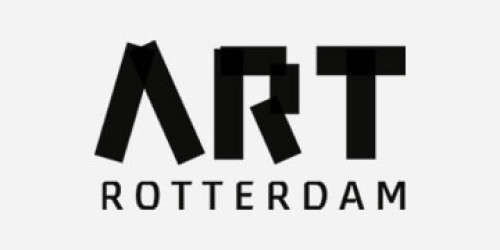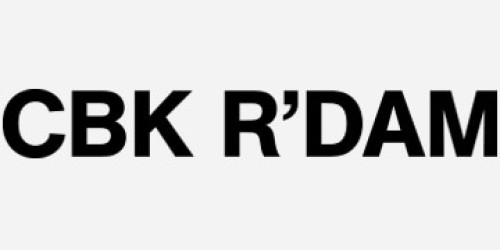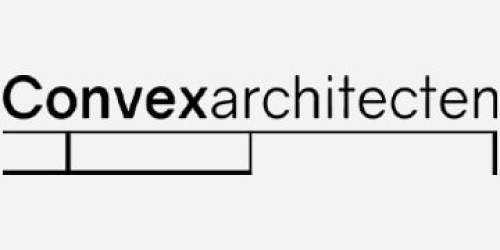 5 Feb-9 Feb 2020
5 Feb-9 Feb 2020
On the site of the Van Nelle factory, in front of the entrance to the of the international art fair Art Rotterdam, Rutger de Vries and Ash Keating took turns creating an experimental mural on a temporary wall using self-constructed painting pools.
Rutger de Vries
Rutger de Vries’ extensive paint installations arise from the seemingly contradictory dynamic between expression and concealment. His spatial interventions mark spaces that sometimes almost seem to disappear under several colorful layers of paint. Diverging in both geometric formal language and more organic and sprawling paint surfaces, the uncompromising paintings initially resemble the expressions of an energetic, restless painter. But visible traces are left at the site of the installations: the tools left behind mark the absence of the maker himself.
De Vries’s work is influenced by the traditions of both process painting and conceptual art, from which emerge experimental actions and systemic logic that conform to the available working conditions. The outsourcing of artistic actions to formulaic methods evokes associations with artists like Sol LeWitt, although his canonical statement “the idea becomes a machine that makes the art” in De Vries’s practice translates to self-developed tools and computer-controlled machines. By letting these devices determine the composition, form and intensity of paintings and drawings, De Vries questions and explores the meaning and scope of his own authorship.
Although De Vries’ practice departs from painting, it is at odds with the radical and visual tradition of graffiti subculture. In graffiti terms, placing a tag (preferably as visible as possible) in public space is also called bombing. Such tagging is an expression of both strong authorship and anonymity, and is in the gray area between decoration and vandalism. To avoid the risk of prosecution for vandalism, original graffiti practitioners chose to protect their identity and remain nameless. Anonymity and the use of pseudonyms have since proven to be a farce: the skyrocketing popularity of street art and the legitimization of rebellious attitudes in mainstream culture have bastardized them into a commercial strategy.
In an effort to claim his autonomy, De Vries simultaneously realizes that he cannot avoid the artist persona: visual art is heavily dependent on authorship. By appropriating techniques such as aerosol spray paint, paint bombs, caustic etching chemicals and typography, De Vries blurs the presence of his handwriting and mirrors the visual devices of anti-establishment movements. However, by using them in the context of the visual arts, a new antagonist appears in that guise: art institutions, while profiling themselves as public spaces, are actually increasingly today institutions for privileged audiences. De Vries bombs the traditional venues for art appreciation with paint explosions, looking for a new platform for painting and alternative exhibition formats.



Ash Keating
Ash Keating works within an expanded contemporary field, through painting, performance, sculpture, video and intervention. Keating’s large outdoor murals, created with paint filled fire extinguishers, can be found across Melbourne.
Following a year of creative experimentation and marking a transition in technique, Keating's new works have been built with many layers of colour and textural materials. Their surfaces hold an intense depth and richness, giving the series a meditative quality that invites slow and reflective viewing.













